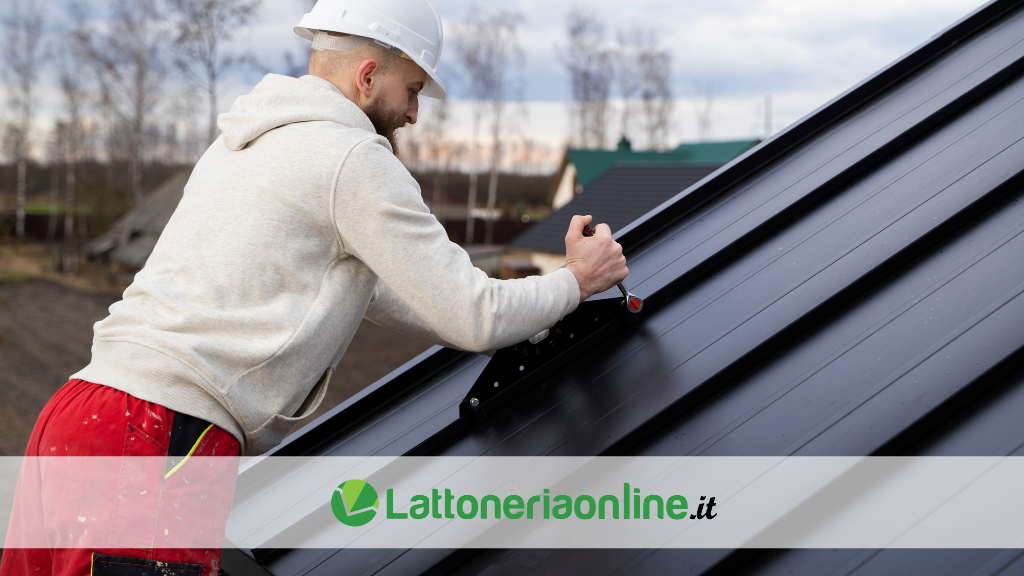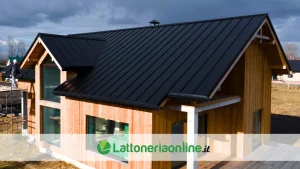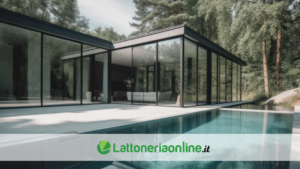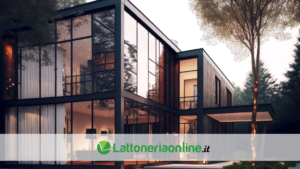
How does the ventilated roofing system work? Why choose a ventilated sheet metal roof?
What is a ventilated roofing system? Why is a ventilated roofing system useful in terms of energy saving? Today more and more often there are those who choose to create the roofing of structures, both civil and industrial, using a ventilated roofing system, works by creating an empty space between the roofing and the underlying structure, called an air chamber.
This air chamber allows air to circulate through the roof, with cold air entering at the bottom of the roof and warm air exiting at the top of the roof. Air circulation has several benefits for the roof and the building beneath it. First, air circulation helps prevent moisture buildup in the underlying structure, reducing the risk of mold growth and degradation of the structure itself.
Secondly, air circulation helps reduce heat build-up within the structure, contributing to greater thermal comfort within the building. The ventilated roofing system can be made with different roofing materials, such as sheet metal, wood, tiles, etc.
Furthermore, the ventilated roof system also requires the installation of ventilation elements such as grilles, vents or openings, to allow air to enter and exit the air chamber.
Why choose a ventilated sheet metal roof?
The ventilated sheet metal roof is a type of roof covering system that involves the installation of a sheet metal cladding on an underlying structure.
The ventilated roof system has an empty space under the sheet metal, called an air chamber, which allows air to circulate between the roof and the underlying structure. This air circulation has several benefits, including reducing moisture buildup and protecting against condensation forming within the underlying structure, which could lead to mold growth and degradation of the structure. Furthermore, ventilation also allows for the reduction of heat accumulation within the structure, contributing to greater thermal comfort within the building.
The ventilated sheet metal roof is a popular option for residential and commercial building roofs, particularly for large roofs. The sheet metal used for the roof can be made of different materials, such as steel, aluminum or copper, depending on aesthetic and durability needs.
Advantages and disadvantages of a ventilated sheet metal roof
Choosing to use a ventilated sheet metal roof certainly has advantages but there are also disadvantages to consider. We have already said that an advantage is certainly the reduction of humidity accumulation, because the circulation of air through the roof helps to prevent the accumulation of humidity and the formation of mold inside the structure below.
Furthermore, a ventilated sheet metal roof improves thermal comfort as ventilation helps reduce heat accumulation within the structure, contributing to greater thermal comfort.
Certainly a ventilated sheet metal roof is generally more resistant to wear and corrosion than other types of roofing, especially in the case of aluminum, stainless steel or copper sheets, so the durability of the structure over time is another of the pros, as as well as the flexible design, given that the sheet metal can be made in different colors and finishes, offering greater flexibility in choosing the cover design.
Now let’s also see what are the disadvantages of using a ventilated sheet metal roof:
- Cost: installing a ventilated sheet metal roof can be more expensive than other types of roofing, if you choose stainless steel or even copper cladding sheets, due to the cost of the material;
- Noise: sheet metal can produce a louder noise during rain than other types of roofing, although this depends on the quality of the sheet metal and the correct installation of the roof;
- Maintenance: a ventilated sheet metal roof requires regular maintenance, such as cleaning the ventilation grills, to ensure effective air circulation and prevent the formation of blockages, although in the case of copper this is significantly reduced.



